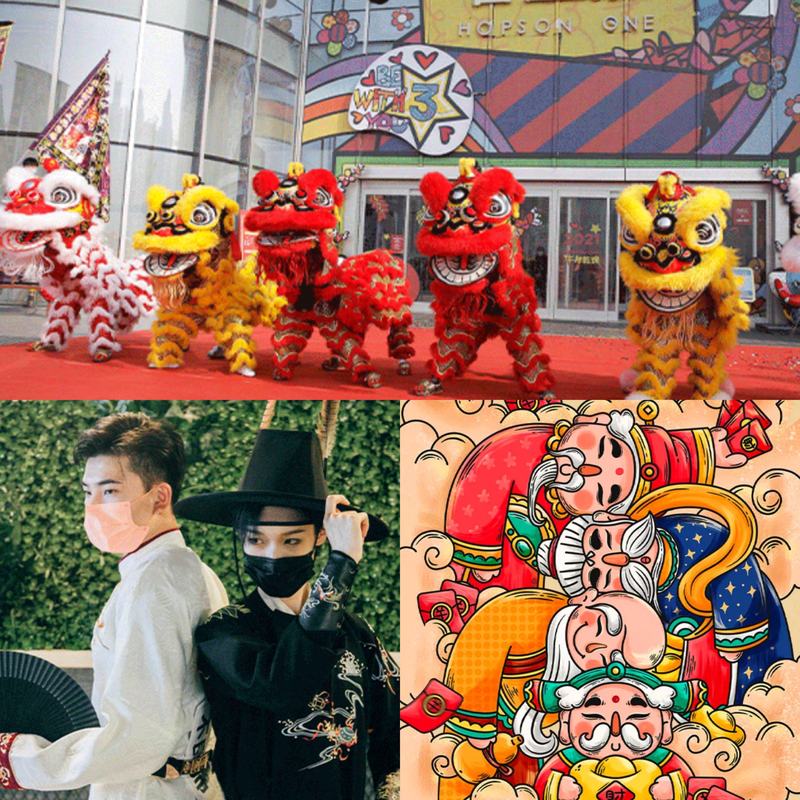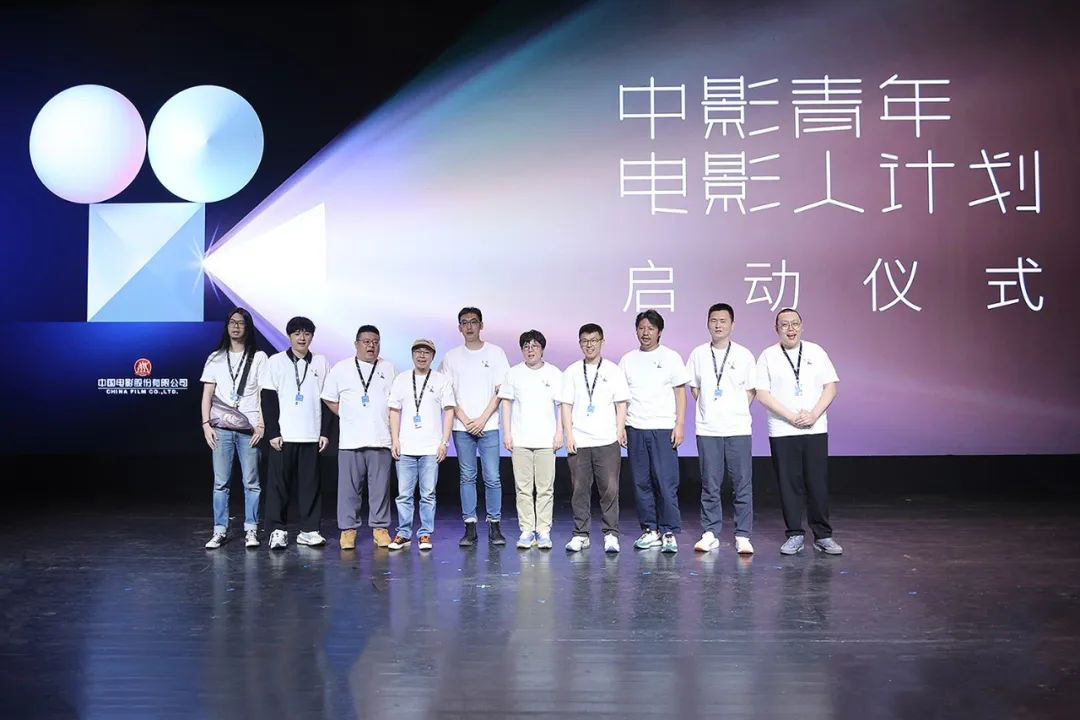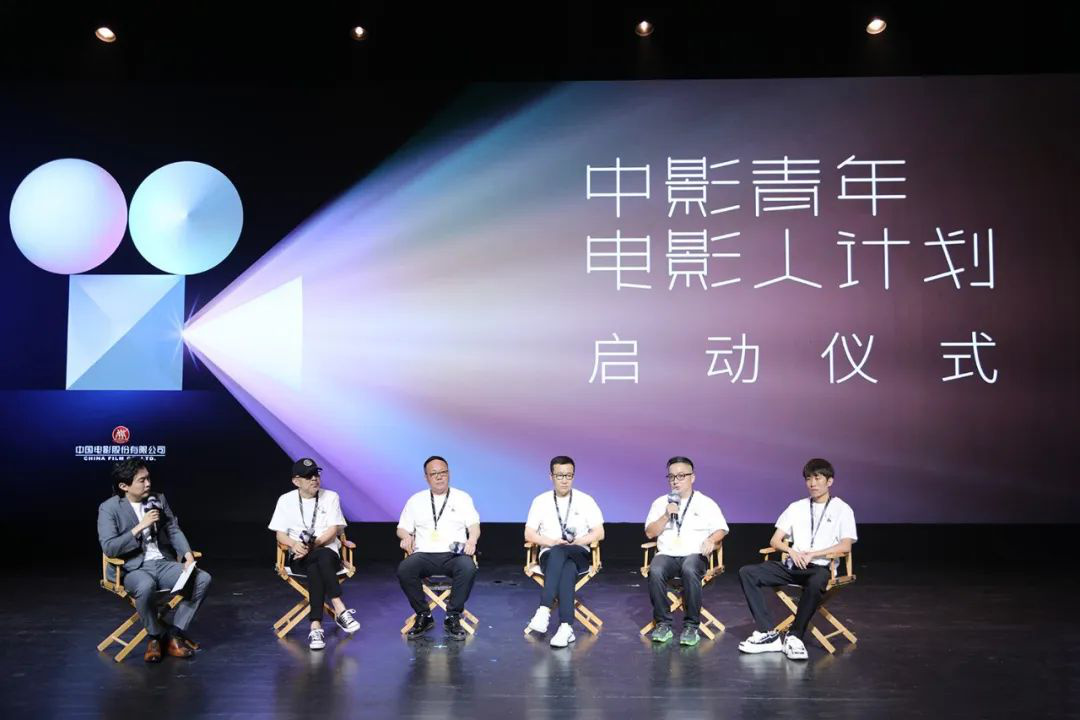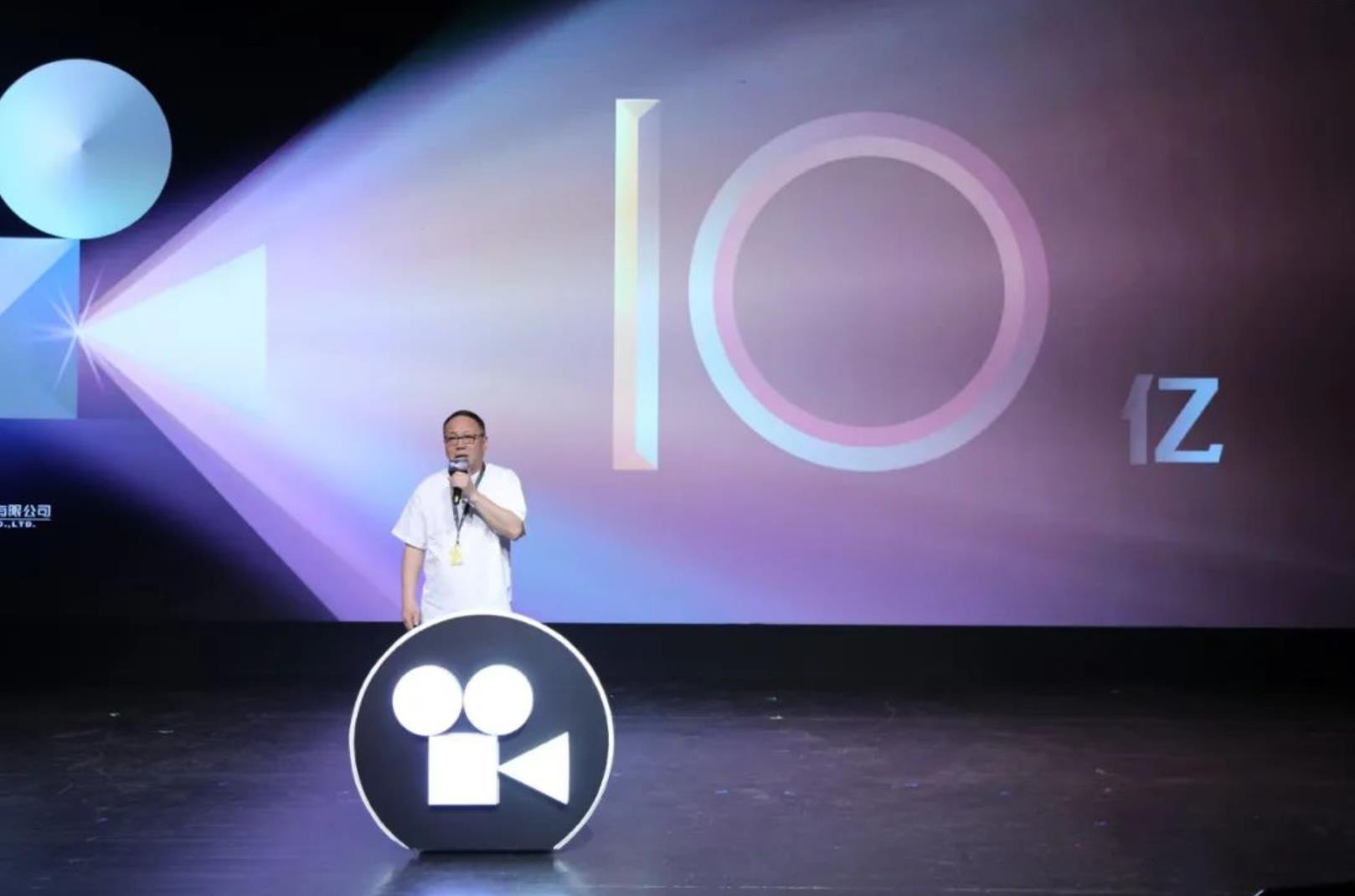On May 8th, many experts, insiders and core media opened the "International Summit Forum on Healthy China Tangyin North Artemisia Herbs" in the main building of People’s Daily. This was the first time that Tangyin North Artemisia Herbs appeared in the international field of vision as an authentic and precious Chinese herbal medicine, and it was also an academic event for domestic and international experts in Artemisia argyi research.

The forum invited Fang Shuting, President of china association of traditional chinese medicine; Chen Shilin, director of Institute of Traditional Chinese Medicine, Chinese Academy of Traditional Chinese Medicine; Yang Jinhong, vice president of Acupuncture Hospital, Chinese Academy of Traditional Chinese Medicine; Cheng Kai, a professor at Beijing University of Chinese Medicine and founder of Dacheng Chinese Medicine; Kobayashi Yahong, the seventh generation descendant of Kobayashi Laopu of Japan Co., Ltd.; Pu Xiaofeng, Secretary General of china association of traditional chinese medicine Chronic Disease Prevention and Treatment Drug Research Committee; Li Dongyue, deputy magistrate of tangyin county, and relevant county leaders; Zhao Guofeng, Chairman of Anyang Jiutouxian Aiye Co., Ltd., Liu Zhiqiang, Executive Director and other experts, government officials and industry representatives attended the meeting and shared academic and industry themes. Zhao Anping, deputy editor-in-chief of People’s Daily Health Times, was invited as the host of this international forum.

According to the survey of the World Health Organization, the proportion of people in sub-health state in cities is as high as 75%, especially in China. With the accelerated pace of life, many urban people have signs of dampness, cold, poison and congestion. Moxibustion is a highly respected health care method throughout the ages, which can regulate qi and blood, warm meridians, expel cold and dampness, stop cold pain, treat "no disease", and especially play a positive role in conditioning equipment for sub-health state. Regrettably, China’s moxibustion industry has never been given due attention in the domestic market, but it is very popular in the United States, Europe, Japan, South Korea and even Africa, with a good development momentum.
The reason is that the moxibustion market in China is not fully mature, the investment in basic research is not in place, and the innovation ability and evaluation system are lacking, which leads to the failure to establish a unified quality standard system for the characteristics of traditional Chinese medicine in China. These have given some unscrupulous merchants the opportunity to shoddy because of profit-driven, and the raw materials are mixed, and the effectiveness is mixed.
"Solving genuine problems is an urgent task to fundamentally solve the efficacy of Chinese herbal medicines, solve the problem of industrialization, emphasize standard production, and improve the people’s trust in Chinese medicine." Fang Shuting, president of china association of traditional chinese medicine, said.
Tangyin North Ai has a thousand-year-old wormwood culture, ranking first among the four famous wormwood in China. Therefore, wormwood, which is rich in land, has nine veins, so it is also called nine-headed wormwood.
The relationship between Tang Yinai and Fudao Bian Que’s tomb was demonstrated by Huang Luqi, an academician of China Academy of Engineering, in the revision of the origin of North Ai in Compendium of Materia Medica, and it was concluded that the origin of North Ai should be the Bianque Temple of Tang Yinfudao.
During the Warring States Period, Bian Que, an imperial doctor, preached and died in Tangyin, and magical wormwood grew next to Bian Que’s tomb, which became an important medicine for local people to treat diseases. According to historical records, during the Song and Ming Dynasties, Tang Yin Bei Ai, as a royal tribute, was honored as "Nine-headed Fairy Ai", symbolizing the status of the royal "Ninth Five-Year Plan".
With the in-depth study of science and technology, it was found that the medicinal properties of Artemisia rupestris were obvious, especially the content of eucalyptus oil was nearly four times higher than that stipulated in Pharmacopoeia. However, the toxic component "Platycladone" in other wormwood varieties recognized by the industry is zero in the detection data of Artemisia rupestris. The high cashmere yield of Artemisia capillaris has greatly improved the production efficiency. These are of great significance to the further industrialization of moxibustion.

In the process of searching for treasure, it is indispensable for experts from all walks of life to make joint efforts in the application of authentic medicinal materials. Yang Jinhong, vice president of Acupuncture Hospital of Chinese Academy of Traditional Chinese Medicine, and Cheng Kai, a professor at Beijing University of Chinese Medicine and founder of Dacheng Chinese Medicine, shared the value of clinical application of Jiutou Xianai with experts and professionals attending the meeting, and reached a consensus with all experts present on the development of Tangyin Daodi Beiai.
The inscription of Tangyin Bianque Temple records: "The love of Tangyin, which originated from Bian Que, is called immortal love twice as much as his love." Yasuhiro Kobayashi, the seventh generation descendant of Kobayashi Laopu in Japan, admits that he became attached to Jiutou Xianai precisely because of his concern for the original medicinal materials culture. The popularity and application of moxibustion in Japan is very mature. He very much hopes to cooperate with his colleagues in China for the research and development and application of authentic medicinal materials, and exchange the research and development and processing technology of wormwood with domestic industries for hundreds of years.
In recent years, the People’s Government of tangyin county has renovated Bianque Temple, and based on the planting of Xianai in the surrounding area, it has attracted investment and built the "Jiutou Xianai International Ai Cultural Industrial Park", and the project has been included in the government’s key development plan. With its excellent quality and profound cultural background, Jiutouxian Ai has become a "national geographical landmark protection brand".
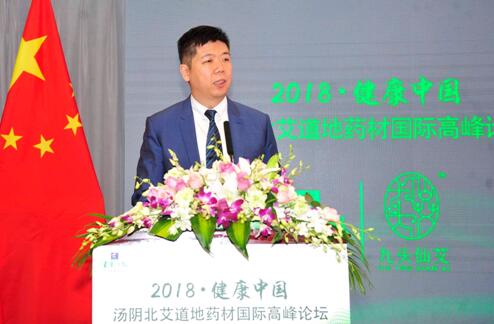
In this regard, Li Dongyue, deputy head of tangyin county, said: In the past years, Tangyin North Ai has always been the key industry of the local government. After the release of the "Healthy China 2030" Planning Outline, the local government has increased its determination to introduce capital to build brands and build a green and healthy development industry with local manufacturers.
At present, the scale of planting has reached 15,000 mu, and the aseptic standard workshop of 20,000 square meters is under construction. The construction of Jiutou Xianai brand landmark administrative office building is coming to an end-an ecological economy integrating production, learning, research and marketing is taking shape. Anyang Jiutouxian Aiye Co., Ltd. signed an agreement with Fudao Town to give priority to poor households to work in wormwood planting base, and the number of people directly helping the poor reached more than 3,000.
"This industrial development model has passed on the cause of Chinese medicine, and local people have regained their interest in Chinese medicine. Many teenagers regard the Chinese medicine industry as the direction of their hard work. This is a better thing!" Zhao Guofeng, chairman of Anyang Jiutouxian Aiye Co., Ltd. said.

At this meeting, People’s Daily Health Times signed a strategic cooperation agreement with Anyang Jiutouxian Aiye Co., Ltd. on behalf of experts attending the meeting, and awarded Anyang Jiutouxian Aiye Co., Ltd. the "Jiutouxian Aidao Daodi Medicinal Material Planting and Ai Cao Culture Education Base".

